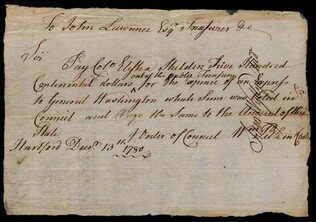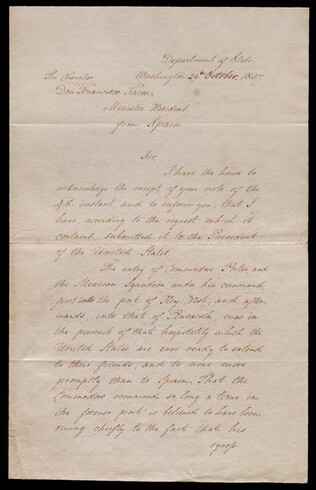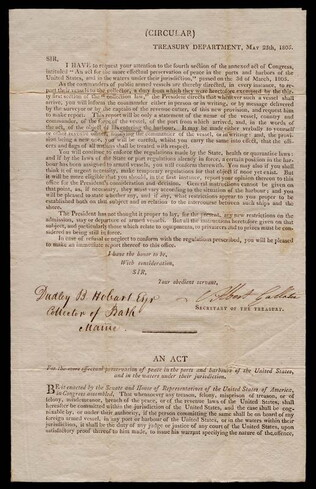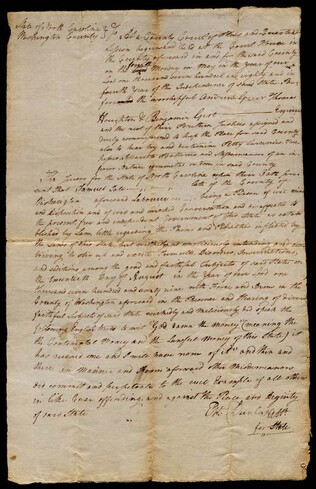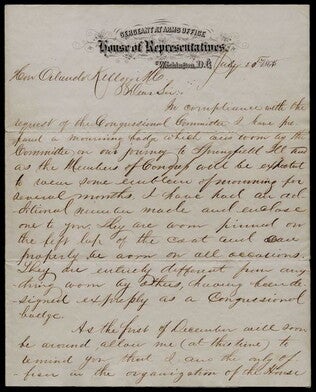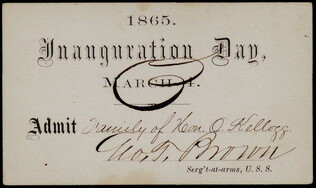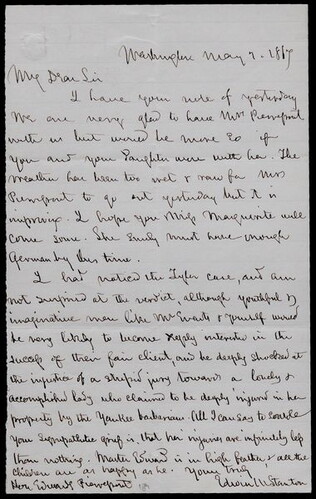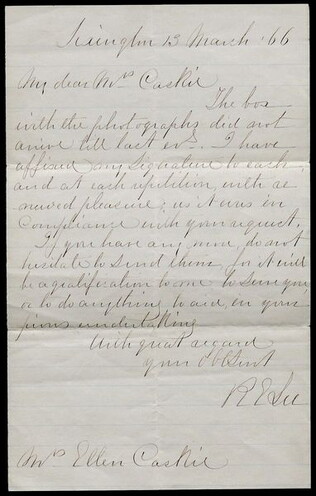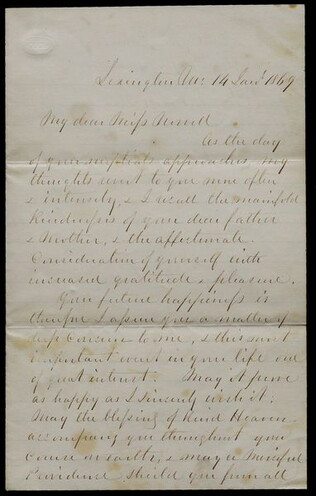13 December 1780
Pelkin, William (fl. 1770-1780)
to John Lawrence, Esq.
Countersigned vertically by Samuel Wyllys. Instructions to pay Colonel Elysha Sheldon five hundred continental dollars out of the public treasury for the expense of an express to General Washington. Numbered 5737 on verso. Endorsed by Sheldon on the...
GLC01412.64.01
